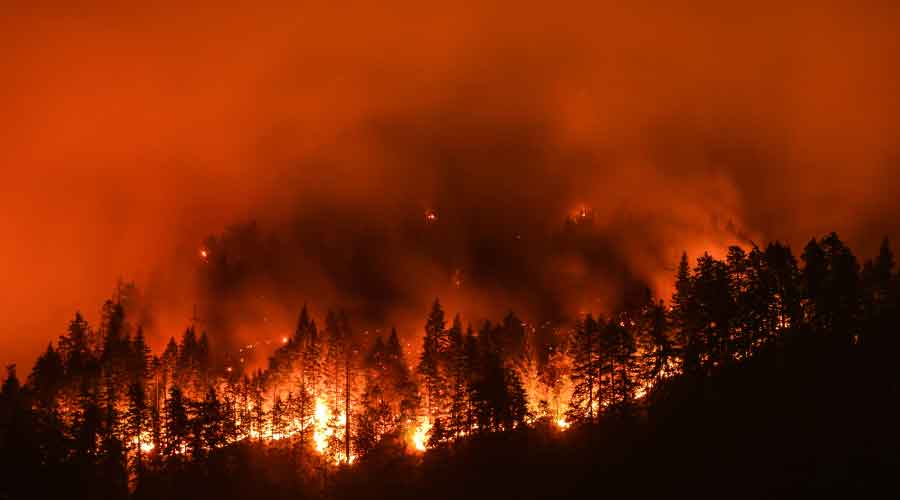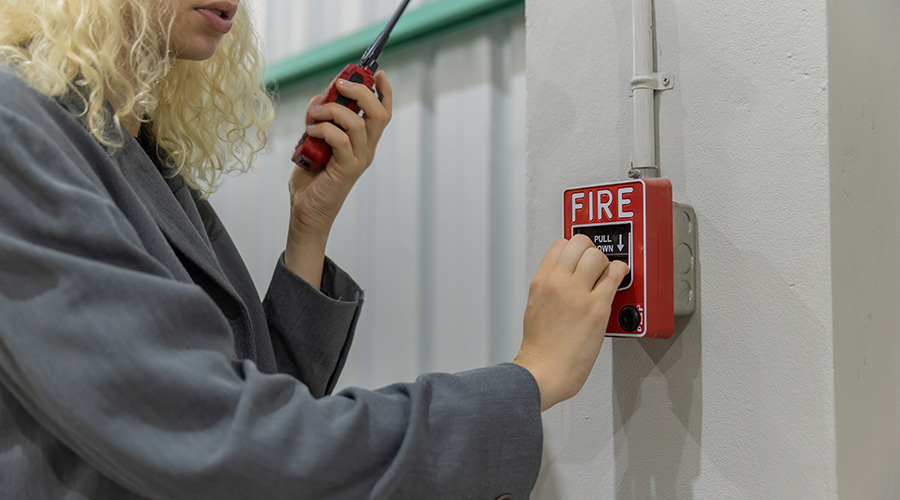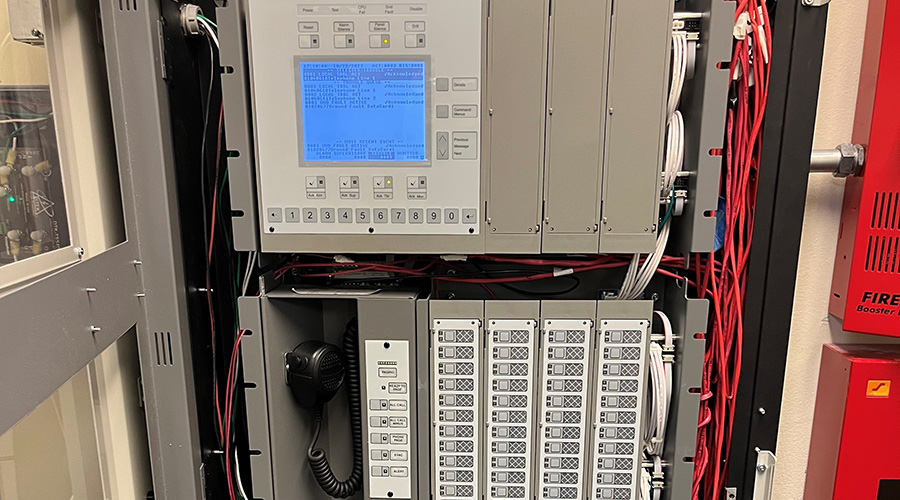Facility Managers Face Year-Round Wildfire Challenges
How managers can prepare for and respond to year-round fire threats.
Gone are the days of a distinct wildfire season. In 2022, the U.S. endured 66,255 wildfires that burned more than 9.7 million acres of land, according to the National Interagency Fire Center. That’s nearly the acreage of Massachusetts and Connecticut combined. And these fires occurred during all months across far-reaching corners of the country.
In the past, seasonal fires followed fairly predictable patterns based on weather and climate cycles. New England was extra susceptible during short periods in the fall and spring; Southern California stayed most alert in the fall. These days, however, more wildfires are occurring year-round in regions where wildfire threat was previously contained by a season.
When wildfires strike, hearts are often captured by the many people who lost their beloved homes, but we sometimes forget that institutional and commercial facilities are impacted as well. Take the Santa Rosa Tubbs Fire of 2017 as one example, where a high school, winery, center for the arts, big box store, and two hotels were among the more than 1,500 structures damaged or destroyed.
Much of the damage wildfires cause is preventable. If more facility managers addressed key vulnerabilities by pulling materials inside, clearing out gutters and assessing roofs, the wreckage could be significantly reduced.
Therefore, it’s critical that managers are prepared to protect their structures from wildfires. Strong preventive measures include optimizing structures and the surrounding landscape, staying in contact with local fire services and being prepared for the worst-case scenario.
Proactively reduce damage
When we speak to homeowners about wildfire preparation, we focus on the Home Ignition Zone. This refers to the home itself and everything within 100 feet of it — typically private property belonging to the homeowner. The main considerations within the Home Ignition Zone aim to protect the immediate landscaping and the home itself from fire.
For facility managers, there are several additional safety measures to consider. Managers are not only responsible for structures, but also landscaping, egress, and access. They need to zoom out and assess the whole system, which may include nearby parks they’re responsible for, debris-ridden median strips, driveways, and surrounding roads. For example: should facility occupants need to evacuate during a wildfire, are there adequate roads to do so, potentially while the fire service is coming in? Such issues go beyond the responsibility of the average homeowner.
Due to the sheer number of considerations and increasing year-round risk, wildfire preparation must be top-of-mind for managers no matter the season. The stakes are simply too high. Below are four things facility managers should do year-round to ensure their structures are as prepared as possible for wildfires:
- Inspect the exterior of your structure, starting with the roof and working down to the foundation. The goal here is to seal off any entry points for embers driven by the wind and remove nearby items that could catch fire. Starting on the roof, look for any gaps and broken tiles. As you work down the building, ensure vents are screened with metal mesh and windows can be closed if needed. At the foundation level, confirm that there’s nothing within five feet of the structure’s perimeter that could ignite (e.g., plants, dry leaves, wood piles, mulch). If there are, move these items away from the building to help mitigate potential damage.
- Examine the surrounding landscape out to about 100 feet from the facility on all sides. Again, the goal here is to identify and remove combustible objects and break up paths fire could follow to your structure. As you examine the property, ensure that lawns and vegetation are well watered and low growing, and that there is no excess debris that could ignite. Replace plants from last season that didn’t make it and implement tree care as needed.
- Stay in touch with your local fire department on the latest emergency plans. Should you need to activate your emergency operations plan, it’s vital to fully understand the current conditions. For example, perhaps there’s construction on a road you would’ve used for evacuation. Having a direct line of communication with the fire department helps you remain prepared as conditions in your area are ripe for wildfire.
Communicate your emergency operations plan to all staff. Communication is key. Make relevant plan and safety information easily accessible, and ensure your employees are trained to know their roles in the case of a wildfire emergency. This will minimize confusion and the need for superfluous internal communication in quickly developing situations.
Michele Steinberg is the wildfire division director for the National Fire Protection Association.
Related Topics:













